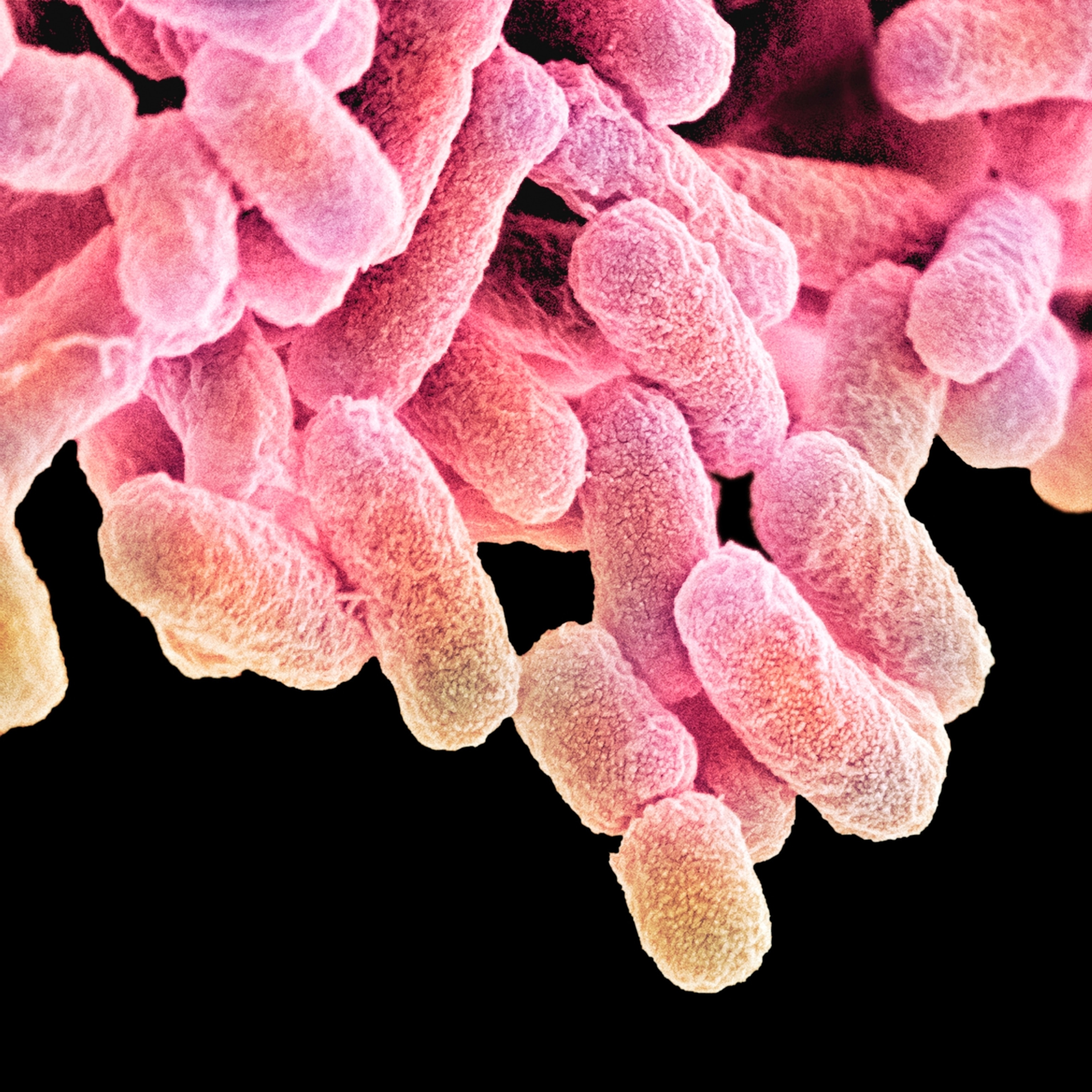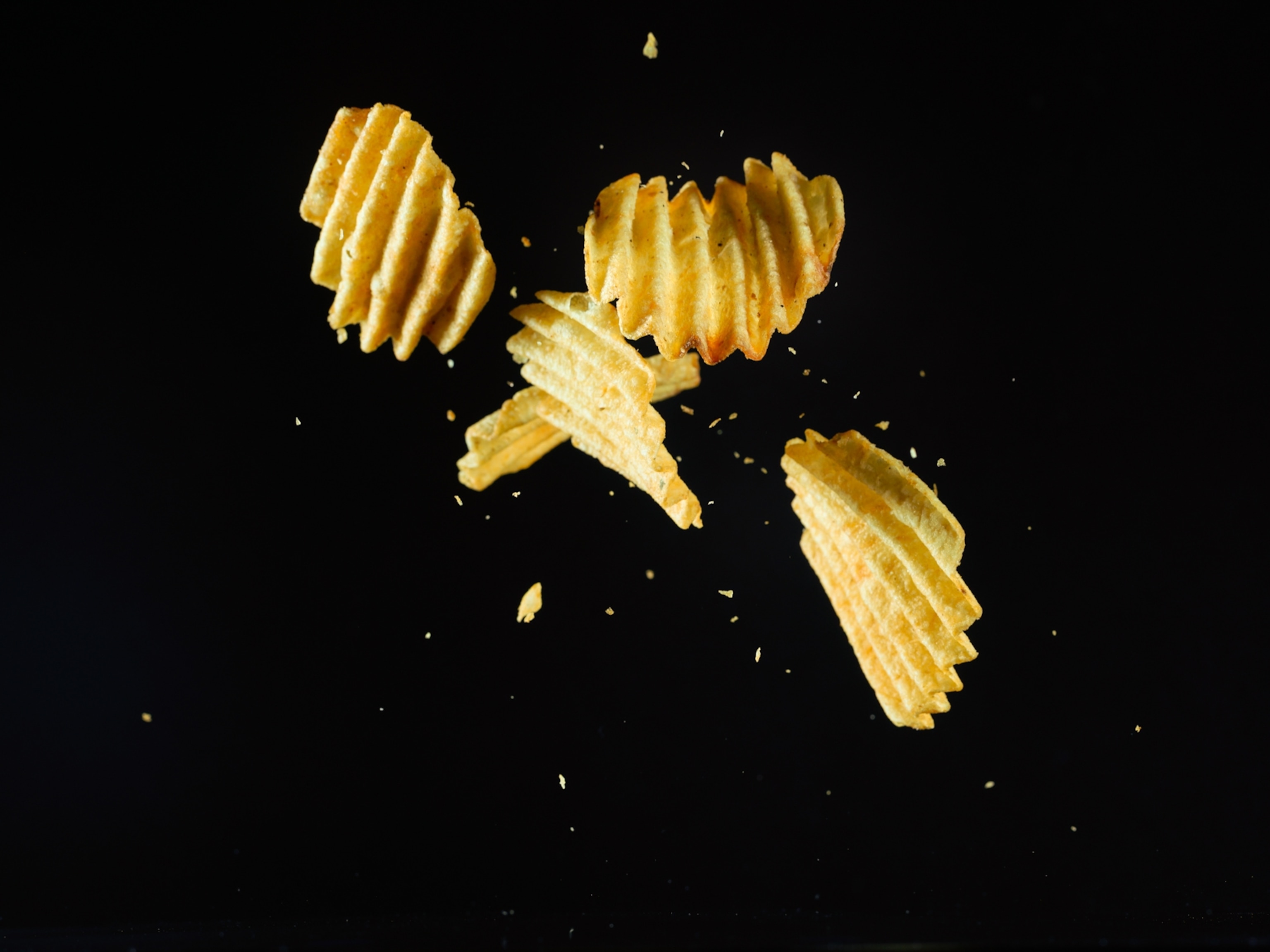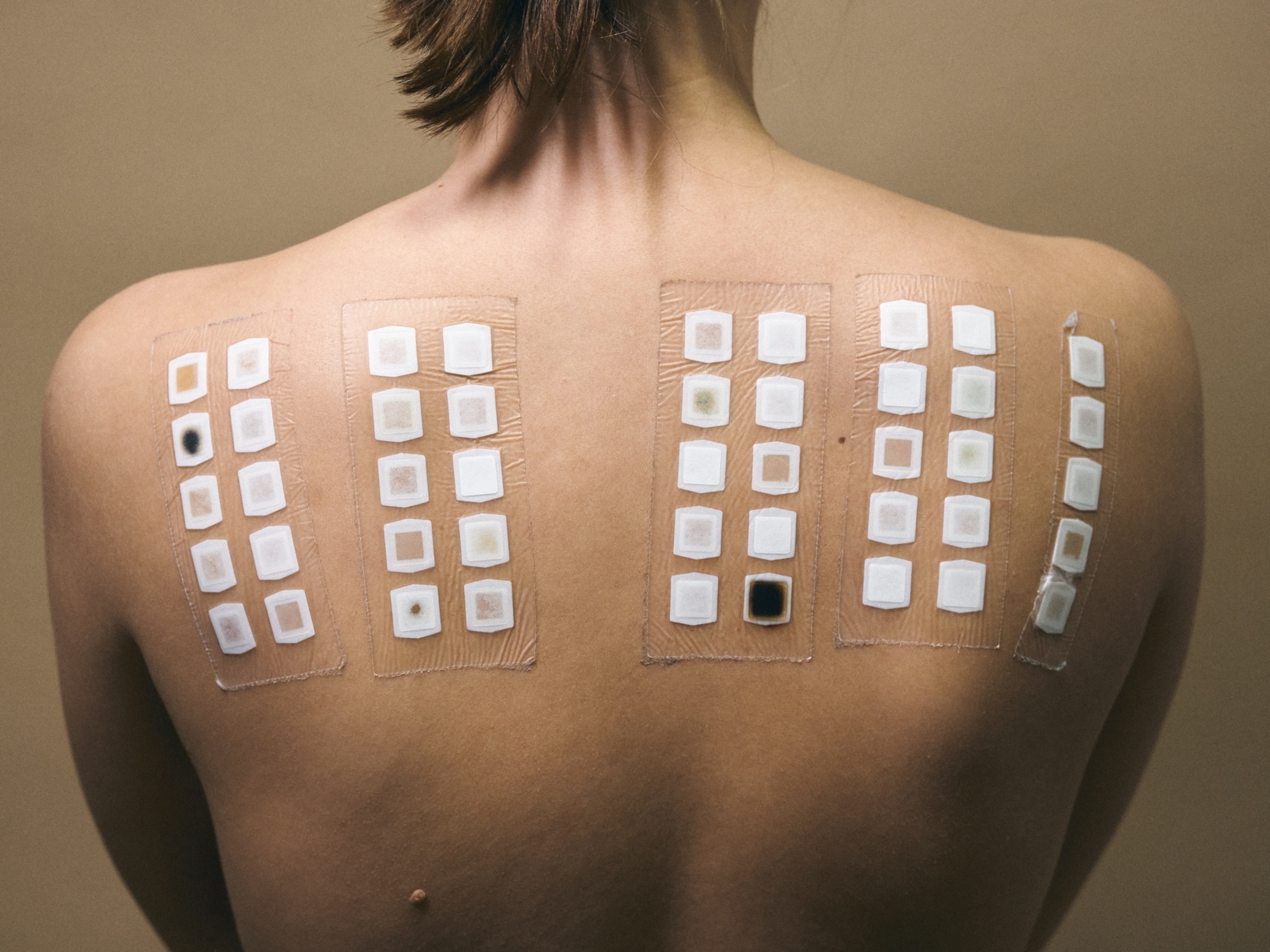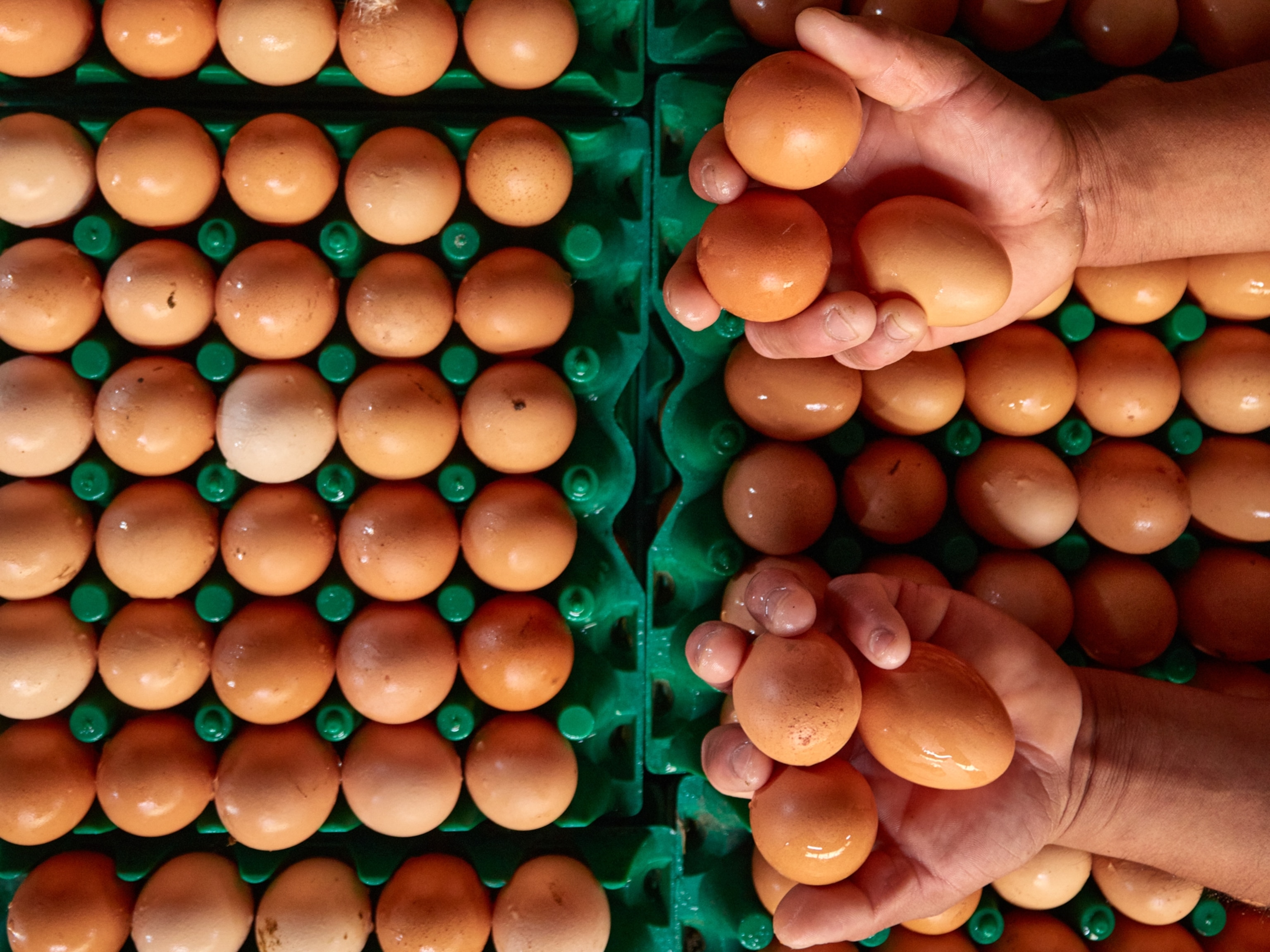Here’s why we’ve seen so many food recalls—and how to stay safe
Don’t panic. An increase in food recalls doesn’t mean our food supply is less safe, experts say.
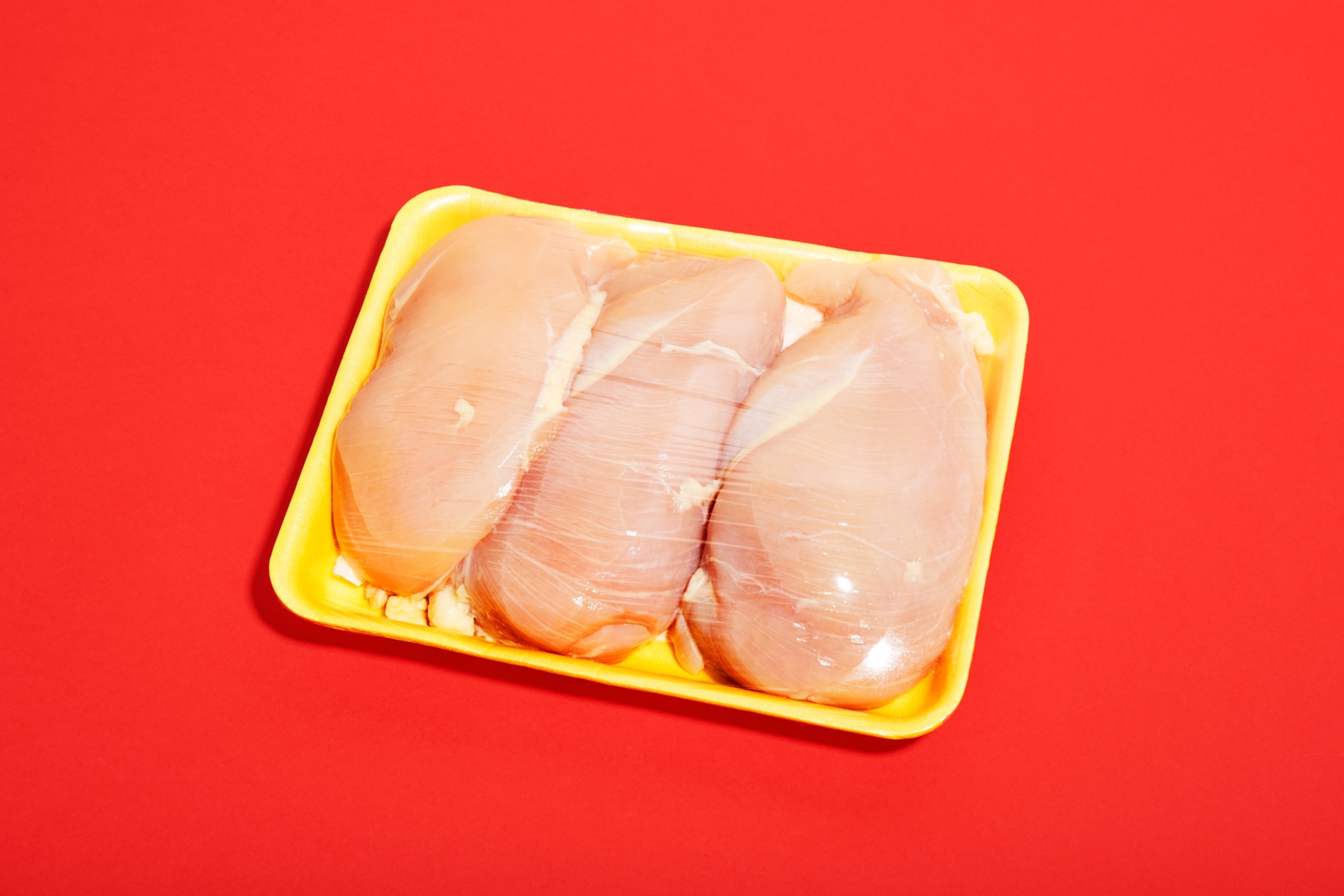
E. Coli in carrots. Listeria in frozen waffles and packaged deli meats. Salmonella in cucumbers and eggs. It’s hard to keep up with all the news about food recalls.
Some of these recalls were simply precautionary but in other instances people really did get sick from the contaminated foods. Meanwhile, consumer confidence in the safety of the U.S. food supply has reached a record low, with a noteworthy decline in the last five years alone, according to a 2024 Gallup poll.
How worried should you be about the food supply? Read on to find out how to make sense of food recalls—and how to avoid getting sick.
How safe is our food supply?
Is our food supply really less safe than it used to be? Not necessarily. The increase in food recalls reflects improvements in testing, monitoring, and traceability, says Sara Bratager, senior food safety and traceability scientist at the Institute of Food Technologists. “As we get better at tracking problems through the supply chain, we’re likely to have more recalls.”
(Got food poisoning? One of these 4 bugs is likely the cause.)
It's important to recognize the difference between food recalls and outbreaks of foodborne illness, adds Nicole Arnold, an assistant professor and food safety field specialist at The Ohio State University. “A food recall happens when food is removed from the market because there is reason to believe it may cause consumers to become ill. A foodborne outbreak happens when two or more people become ill from eating or drinking the same contaminated food or drink.”
Many foods are recalled out of an abundance of caution. After all, “pathogens don’t discriminate—they can end up in food and affect anyone,” says Darin Detwiler, a food safety expert at Northeastern University in Boston and author of Food Safety: Past, Present, and Predictions. That said, those who are the most vulnerable include children under age five, pregnant women, older adults, and people who are immunocompromised, he adds.
How can you tell if your food is at risk?
Don’t panic! If you recently bought an item that has been recalled, it doesn’t necessarily mean that yours is contaminated or that it will make you sick if you eat it. But it’s important to pay attention to food recalls to be on the safe side, says Donald W. Schaffner, a professor of food science at Rutgers University. You can do this by watching the news or reading the newspaper or checking FoodSafety.gov for news about food recalls and foodborne illness outbreaks.
Also, “some supermarkets track consumers’ buying habits and will contact you directly if you bought a food that’s been recalled,” Schaffner says.
(UTIs are rising fast—and the cause could be in your refrigerator.)
To find out if food you bought has been recalled, look for the lot number on the package or the date of purchase. If a bag of carrots you purchased is on a recall list, for example, keep in mind that “there could be contamination in the whole bag, no contamination, or one contaminated carrot” in the bag, says Bratager.
The problem is, you can’t tell by looking or smelling the food, which is why many experts recommend throwing it away or composting it, rather than eating it. Many stores will issue a refund if you return the product to the store or come in with a receipt for the recalled item.
How to ensure food safety at home
“Consumers play a role in food safety but there is a limit to what consumers can do,” says Barbara Kowalcyk, director of the Institute for Food Safety and Nutrition Security at the George Washington University in Washington, D.C.
To prevent foodborne illness, focus on proper food storage, handling, and preparation at home.
Food storage:
After grocery shopping, refrigerate perishable foods within two hours. The same goes for leftovers—after cooking foods, be sure to refrigerate them within two hours. “Make sure the refrigerator is set at 40°F or less,” Schaffner says. The freezer should be at 0°F or below.
Washing up:
Before cooking, always wash your hands with soap and water before and after handling food. Also, clean food-preparation surfaces, including the sink, often. Rinse all produce with clean water before you eat it or cook it.
But keep in mind: It’s a mistake to count on washing recalled carrots or cucumbers to protect you from a foodborne illness. “Rinsing produce may reduce pathogens but it does not always eliminate them,” Arnold says. “In some cases, bacteria can be deeply embedded in the crevices of produce and sometimes it can be inside it.”
(Which leafy greens are healthiest—and which might make you sick?)
Furthermore, if you wash and peel carrots that are contaminated with E. coli, you could end up spreading the bacteria around the kitchen sink and onto other foods or food-preparation surfaces, says Detwiler.
Don’t rinse poultry, meat, fish or seafood before cooking because this could spread bacteria to other foods.
Avoid cross-contamination:
Keep raw meat, poultry, fish, and eggs away from other foods, and use different utensils and cutting boards for these foods, advises Bratager. Store raw meats on the lowest shelf in the fridge so their juices can’t drip onto other foods.
The U.S. Department of Agriculture recommends sanitizing cutting boards that have been in contact with raw meat or poultry with hot, soapy water or a solution of one tablespoon liquid chlorine bleach mixed into one gallon of water.
Cook foods to a proper temperature:
“Cooking is one of the best food-safety precautions we have,” says Schaffner. Even so, cooking only works as a safeguard to different degrees depending on how long you cook an item and whether your oven heats to a proper temperature. That’s why using a meat thermometer is essential for telling if meat, poultry, or fish is cooked sufficiently—to an internal temperature of 165 degrees. “Texture and color are not reliable indicators of being done,” Kowalcyk says.
But let’s face it: Who uses a cooking thermometer on toasted frozen waffles or roasted carrots? That’s why it’s not worth the risk of relying on cooking to eliminate pathogens in items that you know have been recalled.
“When you know of a contamination risk, it’s better to take a better-safe-than-sorry approach and throw it out,” Bratager says. “You don’t want to play this Russian roulette game” by taking a chance that your produce is safe.

